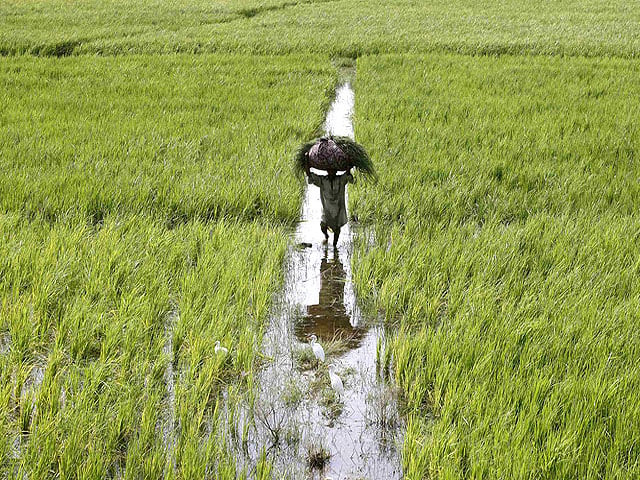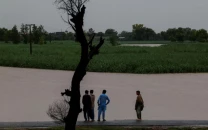3,000 reservoirs developed for agriculture
Facilities having storage capacity of 0.1m acre-feet to sustain crop growth in Barani areas

Directorate of Soil Conservation, the field wing of Punjab Agriculture Department, has developed more than 3,000 water harvesting bodies having live storage capacity of 0.1 million acre-feet in Barani areas of the province.
However, there is still much potential to conserve rainwater for enhanced agricultural production and alleviating poverty.
This was disclosed by Agriculture Field DG Ghulam Siddique while talking to APP. He remarked that country was facing the issue of water crisis mainly due to climate change and mismanagement of available water resources.
According to a report of an international body, Pakistan is the 14th most water- stressed country in the world, facing acute water shortage.
Moreover, being an agricultural country, this water shortage has direct impact on the nation’s economy which is dependent on agriculture and water to grow crops, he maintained. “Therefore, if this problem of water shortage prevails, it might have long financial and ecological impacts on the country.”
The DG added that due to the climate crisis, the winter season in the country had shrunk from four months to two months and the monsoon season had become unpredictable in the past few years. “Around 70 per cent of total rainfall is received during monsoon season (July-September), which causes floods in the country due to lack of rainwater harvesting bodies.”
So, it is crucial to practice systematic conservation practices and water harvesting techniques to trap maximum rainwater to avoid flood losses and to improve the productivity of crops, especially in Barani region where Agriculture is entirely dependent on rainwater, he explained.
Speaking about Water Reservoirs, Soil Scientist Dr Atiqur Rehman said that some mini dams were constructed to harvest rainwater from local catchment area having a capacity 20-40 acre-feet. “It is used to fulfill water requirements for irrigation, livestock and fish culture at local level. Moreover, it recharges ground water aquifers and other environmental conditions”
Soil Survey Officer Aqsa Ayub said that water ponds are highly useful to meet the irrigation requirements throughout the year which were constructed with storage capacity of 15 to 20 acre-feet. “These are also important for livestock as well as fish farming and help in improving ground water table and ameliorating environmental conditions.”
Published in The Express Tribune, February 1st, 2021.



















COMMENTS
Comments are moderated and generally will be posted if they are on-topic and not abusive.
For more information, please see our Comments FAQ